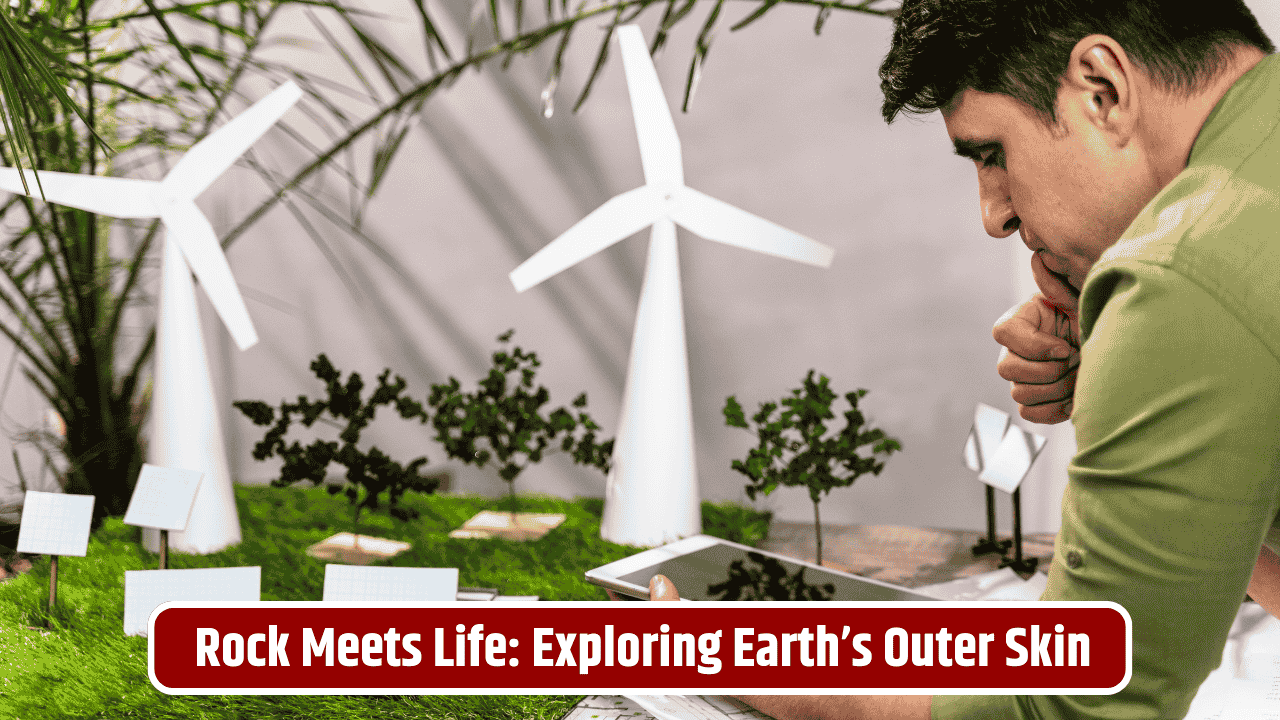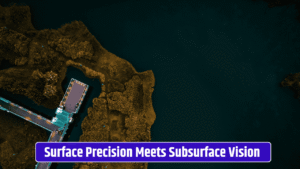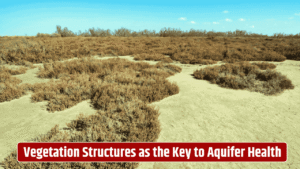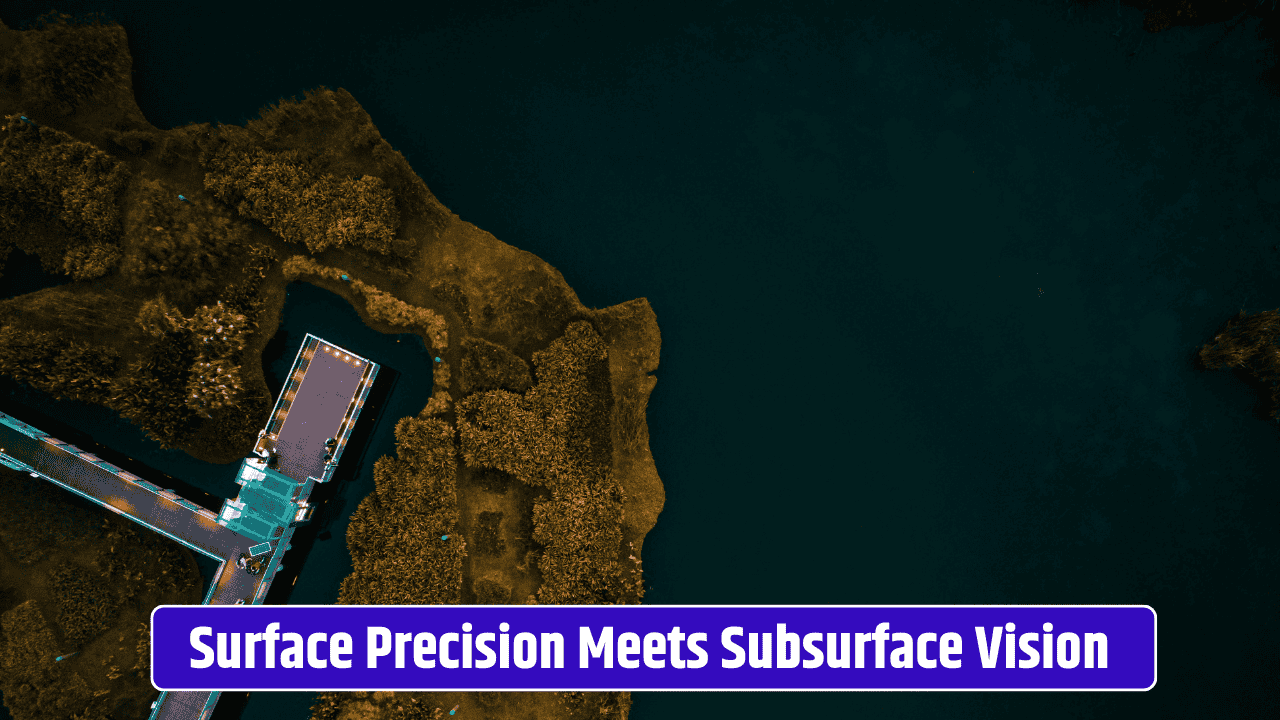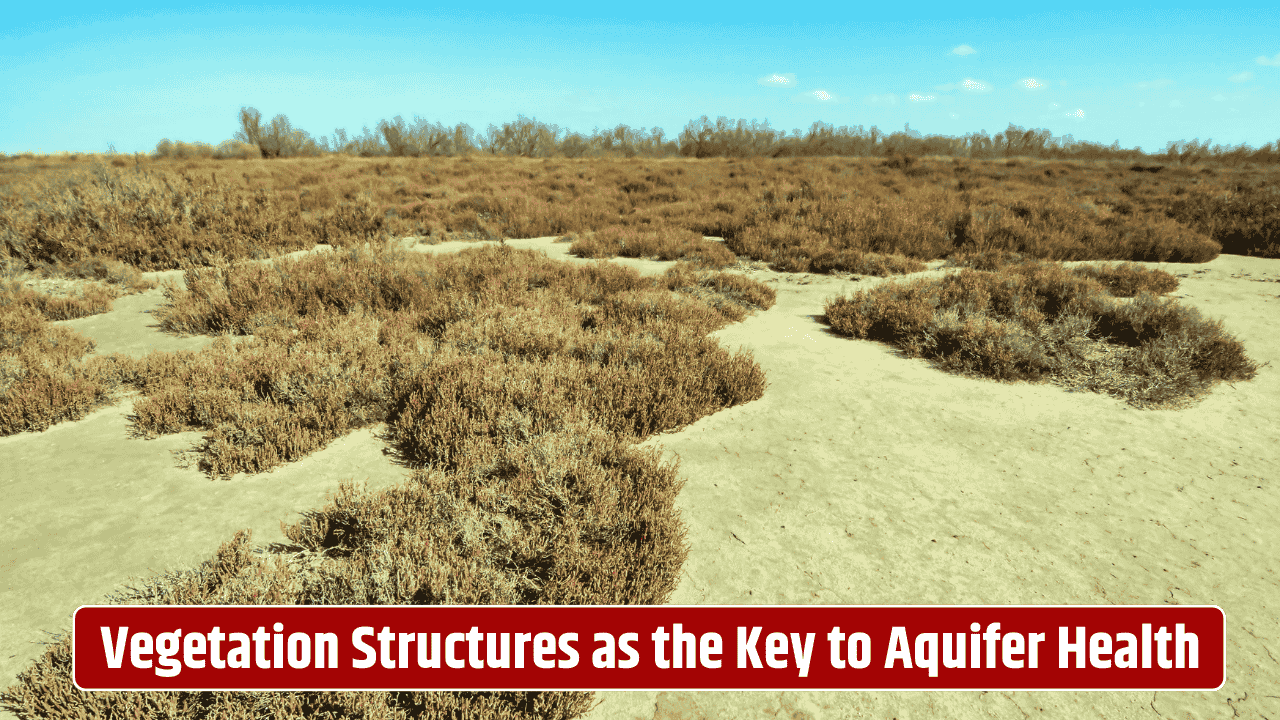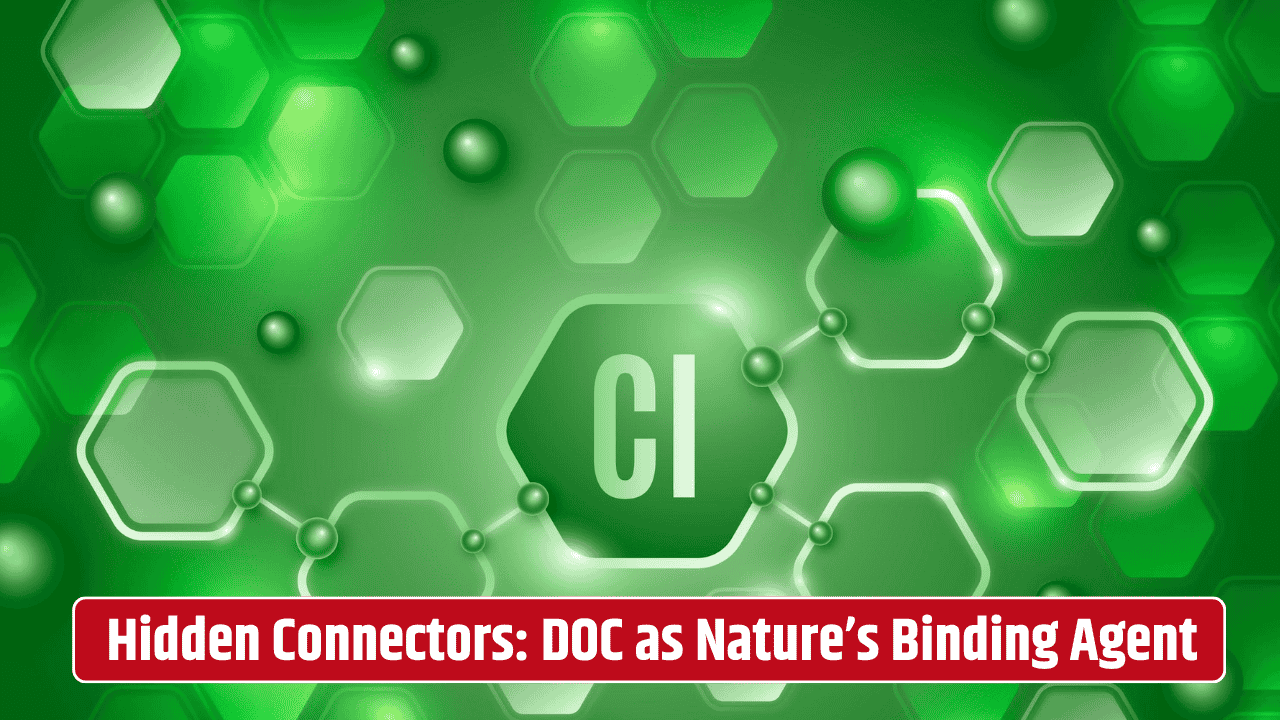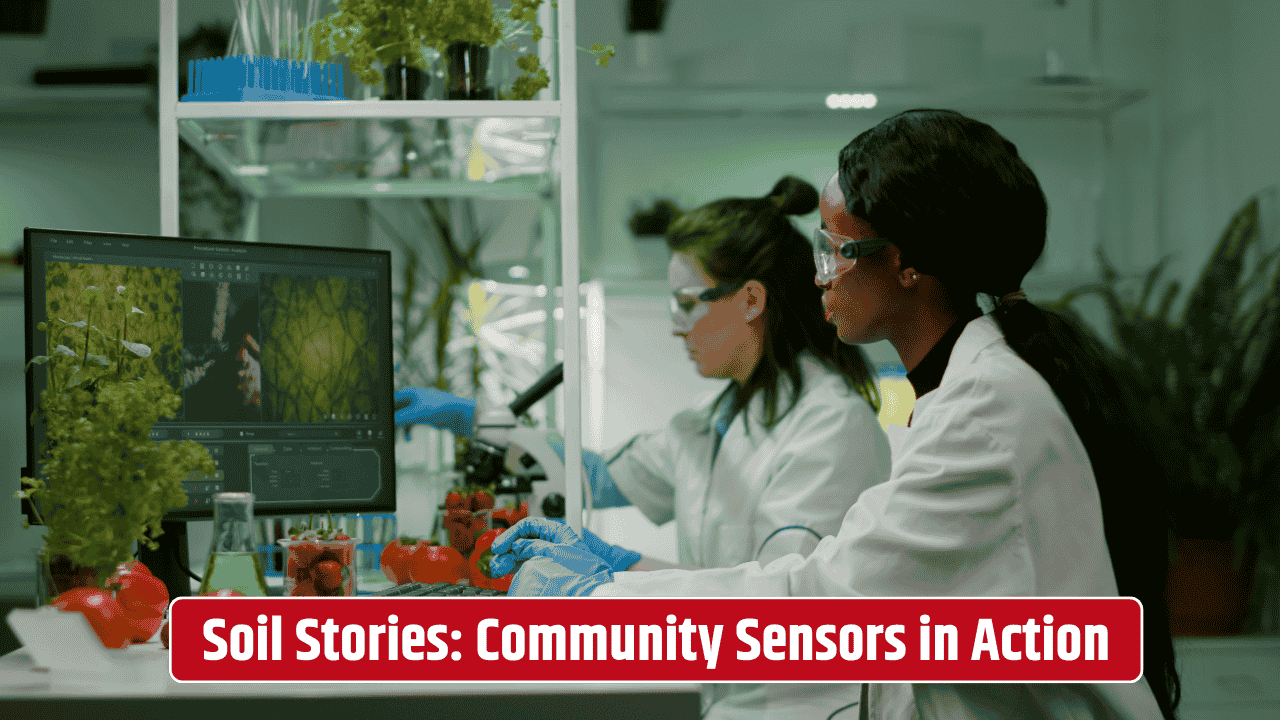The Earth feels so solid beneath our feet that we rarely stop to think about what lies under that thin crust we call home. Yet, that very “outer skin” of our planet—the lithosphere—is anything but static. It cracks, shifts, melts, and reforms, shaping not just the continents and oceans but also the very conditions that allow us to live here. Think of it as Earth’s protective armor, but one that occasionally flexes its muscles through earthquakes, volcanoes, and mountain building.
Table of Contents
What Exactly Is Earth’s Outer Skin?
Geologists like to call it the lithosphere, which literally means “rocky sphere.” It includes the crust (continental and oceanic) and the uppermost part of the mantle. Together, this solid shell floats above a more ductile layer known as the asthenosphere. The lithosphere is broken into tectonic plates—giant slabs of rock that fit together like a jigsaw puzzle, though not perfectly. Where these plates meet, we get action: earthquakes, volcanic eruptions, and the birth of new land.
The surprising part? The crust itself is incredibly thin compared to the whole planet. If Earth were an apple, the crust would be thinner than the skin of the fruit. Oceanic crust averages only 5–10 km, while continental crust can stretch up to 70 km deep. Yet, this sliver is where all of life happens—soil, rivers, mountains, cities, forests, everything.
How Rocks Tell Earth’s Story
Rocks aren’t just dumb pieces of stone; they’re time capsules. Igneous rocks form from cooled magma, sedimentary rocks record the layers of past environments, and metamorphic rocks reveal the scars of pressure and heat. By studying them, scientists can reconstruct Earth’s history, from ancient oceans to mass extinctions.
For instance, fossils embedded in sedimentary rocks aren’t random. They give us clues about past climates, ecosystems, and even mass migrations. That’s why geology is sometimes called the autobiography of the planet—written not in words, but in stone.
Tectonic Plates: Movers and Shakers
The theory of plate tectonics, formally accepted in the 1960s, revolutionized our understanding of the lithosphere. Plates drift apart at mid-ocean ridges, collide to form mountains, and slide past one another to trigger earthquakes. It’s this restless movement that explains why the Himalayas keep rising or why California experiences frequent seismic activity.
Here’s a quick look at the major tectonic plates:
| Major Plate | Type | Notable Features |
|---|---|---|
| Pacific Plate | Oceanic | “Ring of Fire” volcanoes, earthquakes |
| North American Plate | Continental/Oceanic | Rockies, San Andreas Fault |
| Eurasian Plate | Continental | Alps, Himalayas |
| African Plate | Continental/Oceanic | Great Rift Valley, Sahara basin |
| Indo-Australian Plate | Continental/Oceanic | Indian Ocean floor, Australian continent |
| South American Plate | Continental/Oceanic | Andes mountains, Amazon basin |
Each collision, split, or slide influences not only the landscape but also human societies. Earthquakes can devastate cities, volcanic soils enrich agriculture, and mountain ranges alter weather patterns.
Life and the Lithosphere
Here’s the twist: life and rocks are deeply intertwined. Plants grow only because rocks weather into soil, releasing nutrients like potassium and phosphorus. Animals, in turn, depend on those plants. Human civilizations too have flourished where the lithosphere provided fertile land, minerals, or shelter. The fertile crescent in Mesopotamia? A gift of river sediments. The gold rush in California? A direct result of tectonic processes bringing metals near the surface.
Even our modern economy leans heavily on Earth’s crust—whether it’s fossil fuels, lithium for batteries, or rare earth metals for smartphones. That’s why countries invest in geological surveys and mineral exploration programs through organizations like the U.S. Geological Survey (USGS) and the Geological Survey of Canada.
The Fragile Balance
Despite its strength, the lithosphere is fragile in human terms. Mining, deforestation, and urban sprawl alter the balance of soils and rocks, making landslides or sinkholes more likely. Climate change adds another layer of stress: melting glaciers can trigger earthquakes as the crust rebounds from the lost weight, a process known as isostatic adjustment.
This means Earth’s skin is not just something beneath us—it’s something we actively interact with and impact. How we manage this balance may define the sustainability of life in the centuries ahead.
FAQs
How thick is Earth’s crust?
It ranges from about 5 km under oceans to 70 km under continents.
What is the difference between the lithosphere and crust?
The crust is just the uppermost solid layer, while the lithosphere includes both the crust and the rigid upper mantle.
Why are earthquakes concentrated in certain regions?
They usually occur along tectonic plate boundaries, where plates collide, pull apart, or slide past each other.
Can the lithosphere ever disappear?
Parts of it constantly recycle. Oceanic plates sink back into the mantle at subduction zones, while new crust forms at mid-ocean ridges.
How does the lithosphere affect human life?
It provides soil, minerals, building materials, and even the fertile ground for agriculture, while also shaping natural hazards.

